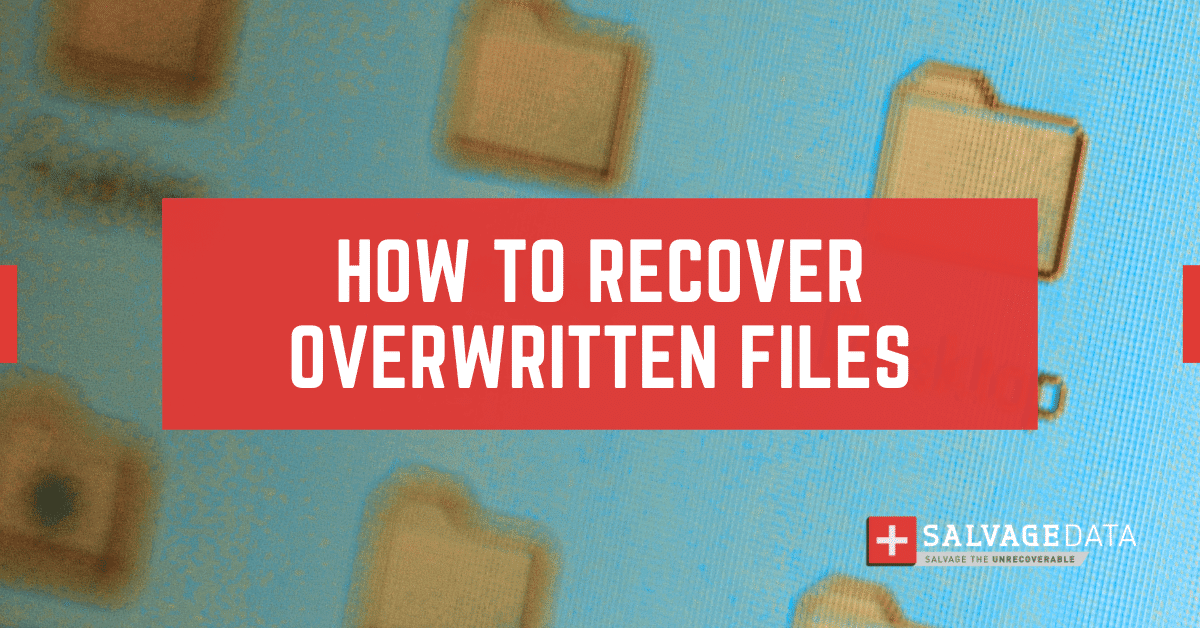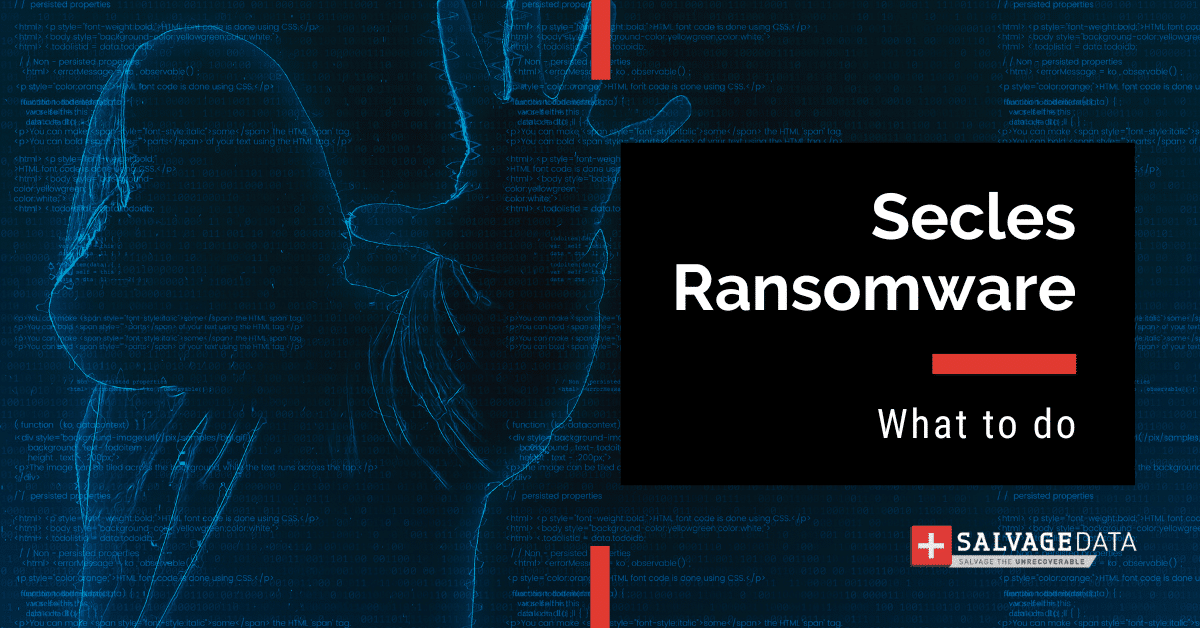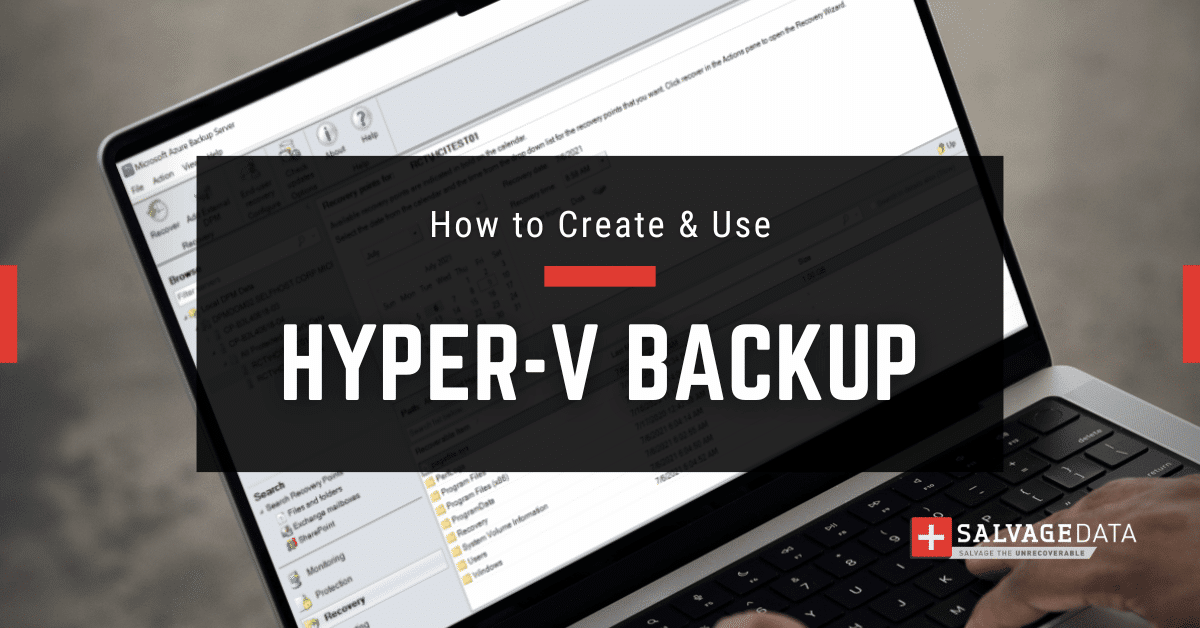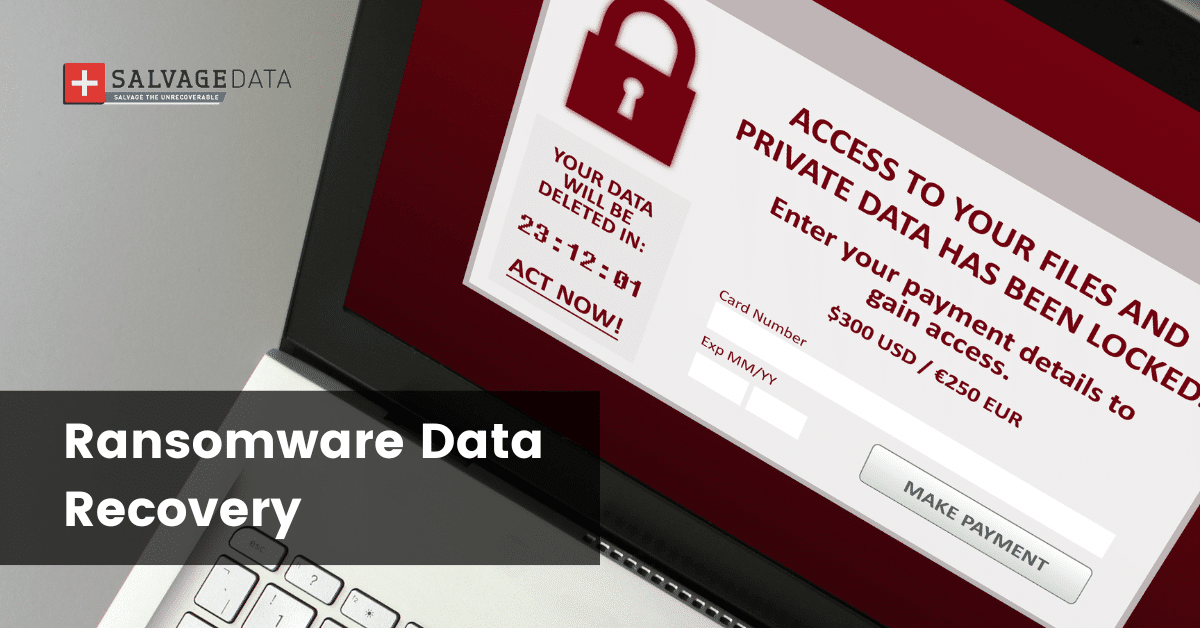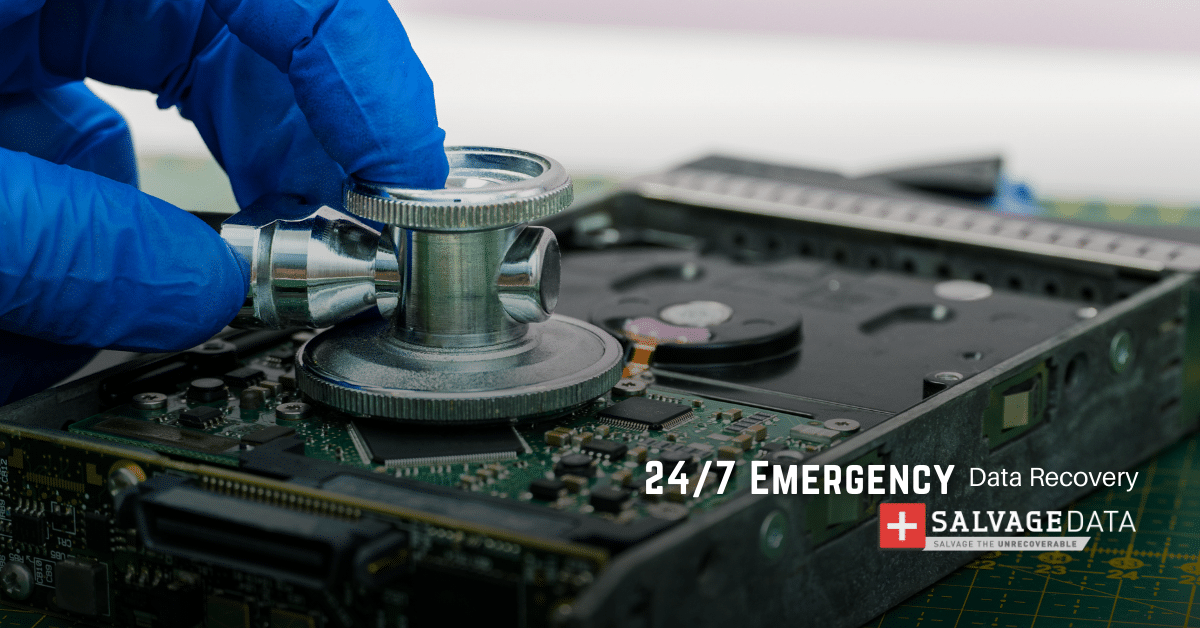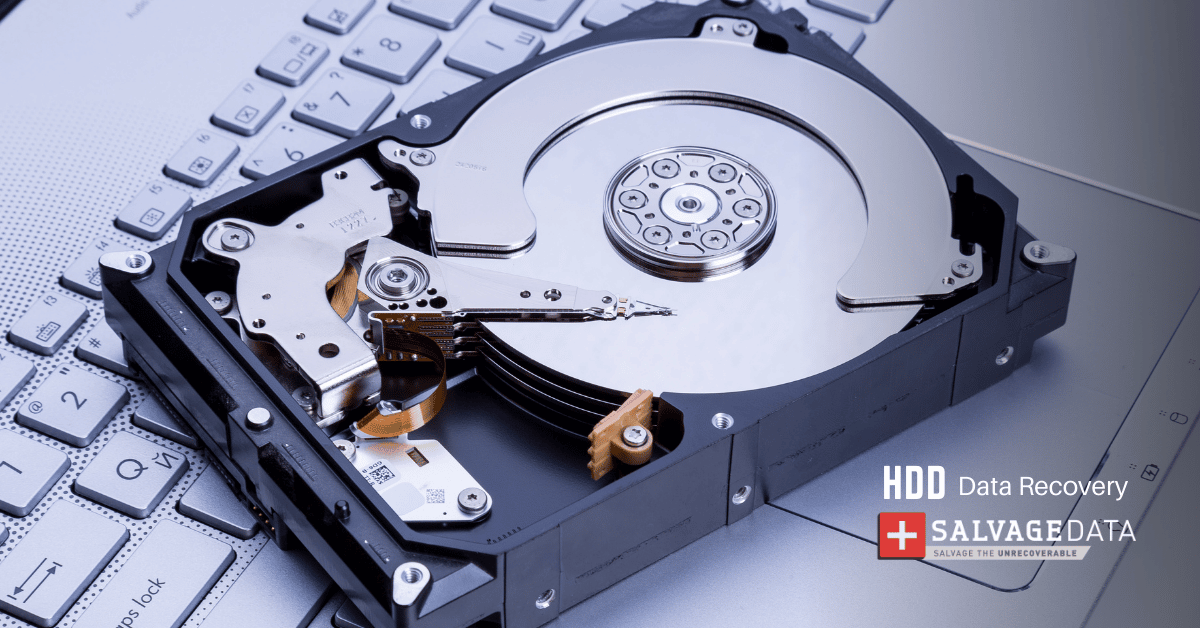Recent Articles
How To Recover Overwritten Files
The Snowflake Data Breach: A Comprehensive Overview
Mac Not Recognizing External Hard Drive: Quick Fix Solutions
How Multi-Cloud Backup Solutions Can Prevent Data Disasters
Capibara Ransomware: What is it & How to Remove
What Should a Company Do After a Data Breach: The Ticketmaster Incident
Secles Ransomware: Removal Guide
What To Do When Your Chromebook Freezes
How to Create Hyper-V Backup
What Is The Best Data Recovery Software For PC

I think there's an issue with my storage device, but I'm not sure Start a free evaluation →
I need help getting my data back right now Call now (800) 972-3282
VindowsLocker Ransomware is a type of malware that encrypts your files and demand a ransom for the decryption key. It is one of the most feared types of malware because it can cause irreparable damage to your computer and puts your personal data at risk. VindowsLocker usually arrives via email attachments or malicious websites. Once it’s on your computer, it will start encrypting your files with a strong encryption algorithm, making them impossible to open without the decryption key. It will then display a ransom note demanding payment for the decryption key. The price demanded is usually in Bitcoins and must be paid within a certain time frame, otherwise, the price will increase. VindowsLocker is a serious threat to your computer and should not be taken lightly.
History
This virus first appeared in early 2016 and has been active ever since. It is believed to be a variant of the CryptoLocker Ransomware. VindowsLocker shares many similarities with CryptoLocker, such as the way it arrives on your computer and the way it encrypts files. However, there are some key differences between the two. VindowsLocker uses a different encryption algorithm than CryptoLocker and does not use the Tor network for communication.
How much is the VindowsLocker ransom?
The VindowsLocker ransom typically starts at 1 Bitcoin but can increase depending on how long you wait to pay.
How to avoid VindowsLocker Ransomware?
There are a few things you can do to avoid it:
– Keep your operating system and software up-to-date: VindowsLocker exploits vulnerabilities in old versions of software to infect your computer. By keeping your software up-to-date, you can close these security holes and make it more difficult for VindowsLocker to infect your computer.
– Don’t open email attachments from unknown senders: the ransomware is often spread via email attachments. If you receive an email from an unknown sender, do not open any attachments.
– Use a reputable antivirus program: A good antivirus program can detect and remove VindowsLocker before it has a chance to encrypt your files.
How do you understand that you have VindowsLocker on your device?
There are a few symptoms that may indicate that it has infected your computer:
– You see a ransom note: VindowsLocker will display a ransom note after it has encrypted your files. The ransom note will instruct you on how to pay the ransom and how to decrypt your files.
– Your files are encrypted: VindowsLocker uses a strong encryption algorithm to encrypt your files. If you try to open an encrypted file, you will see an error message.
– You can’t access your computer: In some cases, it will lock you out of your computer entirely. You won’t be able to access your desktop or any of your files.
– Your computer is running slowly: it can slow down your computer as it encrypts your files.
– You see a strange process running: it will create a process called “svchost.exe” which can be seen in your Task Manager.
– Your encrypted files have a new extension: it will add a new extension to your encrypted files. The new extension is usually “.locked” or “.vindowslocker”.
If you see any of these symptoms, it’s important to take action immediately. It will continue to encrypt your files until all of them are encrypted. The longer you wait, the more damage VindowsLocker can do.
Public decryption tool
Unfortunately, there is no public decryption tool for VindowsLocker. This means that if it infected you, you will not be able to decrypt your files without paying the ransom.
Paying the ransom
Paying the VindowsLocker ransom is not recommended. There is no guarantee that you will receive the decryption key after paying and there is a possibility that you will never receive it. Furthermore, by paying the ransom, you are supporting the VindowsLocker ransomware and encouraging its development.
Removing VindowsLocker
If you are infected with this malware, the best course of action is to remove it from your computer immediately. VindowsLocker cannot encrypt your files if it is not on your computer. Additionally, removing VindowsLocker will free up resources on your computer, which may be used to encrypt your files.
There are a few different ways to remove it from your computer:
- Use an antivirus program: If you have a good antivirus program, it can detect and remove VindowsLocker.
- Use a VindowsLocker removal tool: There are a few different VindowsLocker removal tools available online. These tools are designed specifically to remove VindowsLocker from your computer. But make sure you only download them from a reputable source.
- Manually remove VindowsLocker: You can also remove VindowsLocker manually by following the instructions below. However, this is a complicated process, and it is recommended that you only attempt this if you are experienced with computers.
Instructions for removing VindowsLocker manually:
1) Boot into Safe Mode: VindowsLocker will not be able to run in Safe Mode which will make it easier to remove. To boot into Safe Mode, restart your computer and press F8 before Windows loads. Then, select “Safe Mode” from the menu.
2) Kill the VindowsLocker process: Once you are in Safe Mode, open Task Manager by pressing Ctrl+Shift+Esc. Then, find the “svchost.exe” process and end it.
3) Delete VindowsLocker files: Next, you will need to delete VindowsLocker’s files. The easiest way to do this is to use a program called “Unlocker”. Unlocker will allow you to delete the VindowsLocker files even if they are in use.
4) Delete VindowsLocker registry entries: Finally, you will need to delete VindowsLocker’s registry entries. To do this, open the Registry Editor by pressing Win+R and typing “regedit”. Then, find and delete the following keys:
HKEY_CURRENT_USER\Software\VindowsLocker
HKEY_LOCAL_MACHINE\SOFTWARE\VindowsLocker
HKEY_LOCAL_MACHINE\SOFTWARE\Classes\CLSID\{25A3F5D1-5EB2-4CED-8B7B-3307DB6E2FC7}
HKEY_LOCAL_MACHINE\SOFTWARE\Classes\AppID\{25A3F5D1-5EB2-4CED-8B7B-3307DB6E2FC7}
If you are not experienced with the Registry Editor, it is recommended that you do not attempt this step. Making a mistake while editing the registry can cause serious problems with your computer.
So, the best thing to do is to contact a professional malware removal specialist like SalvageData Recovery Services. The SalvageData team has the tools and experience necessary to remove VindowsLocker safely without damaging your computer. Also, we offer a 100% success rate guarantee on our VindowsLocker removal services. We can remove VindowsLocker and restore your files without paying the ransom. Our VindowsLocker removal process is as follows:
1) We will scan your computer to assess the VindowsLocker situation and determine which files are encrypted.
2) We will then remove VindowsLocker from your computer.
3) Finally, we will attempt to decrypt your files. If we are successful, you will not lose any data.
If you have been infected with VindowsLocker, contact SalvageData Recovery Services immediately. We are available 24/7/365 and can start working on removing VindowsLocker right away. We also offer a free consultation so that you can get all of your questions answered before making a decision. Contact us today to get started!

